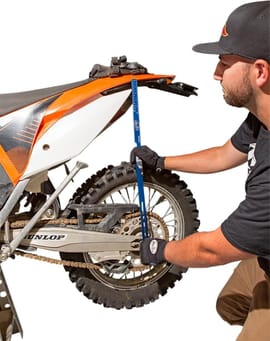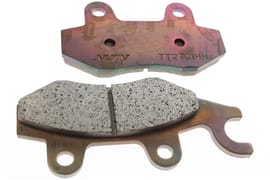Motorcycle Spec Sheets Overview
When shopping for a new motorcycle, knowing how to interpret its spec sheet goes a long way toward choosing the bike that best suits your needs.
If you’re looking for an awesome visual guide on how to read motorcycle spec sheets, Partzilla’s own John Talley covers that in the video above.
The following guide is specifically for providing an overview of terms you might come across on a motorcycle spec sheet. The true test of whether a bike is right for you ultimately comes down to the test ride, but it’s good to know these terms during the process of “try before you buy”.
What is a Motorcycle Spec Sheet?
A motorcycle spec sheet lets you easily identify attributes you want in a bike. Spec sheets are also a way to quickly narrow down your list of potential motorcycle candidates that fit your criteria.
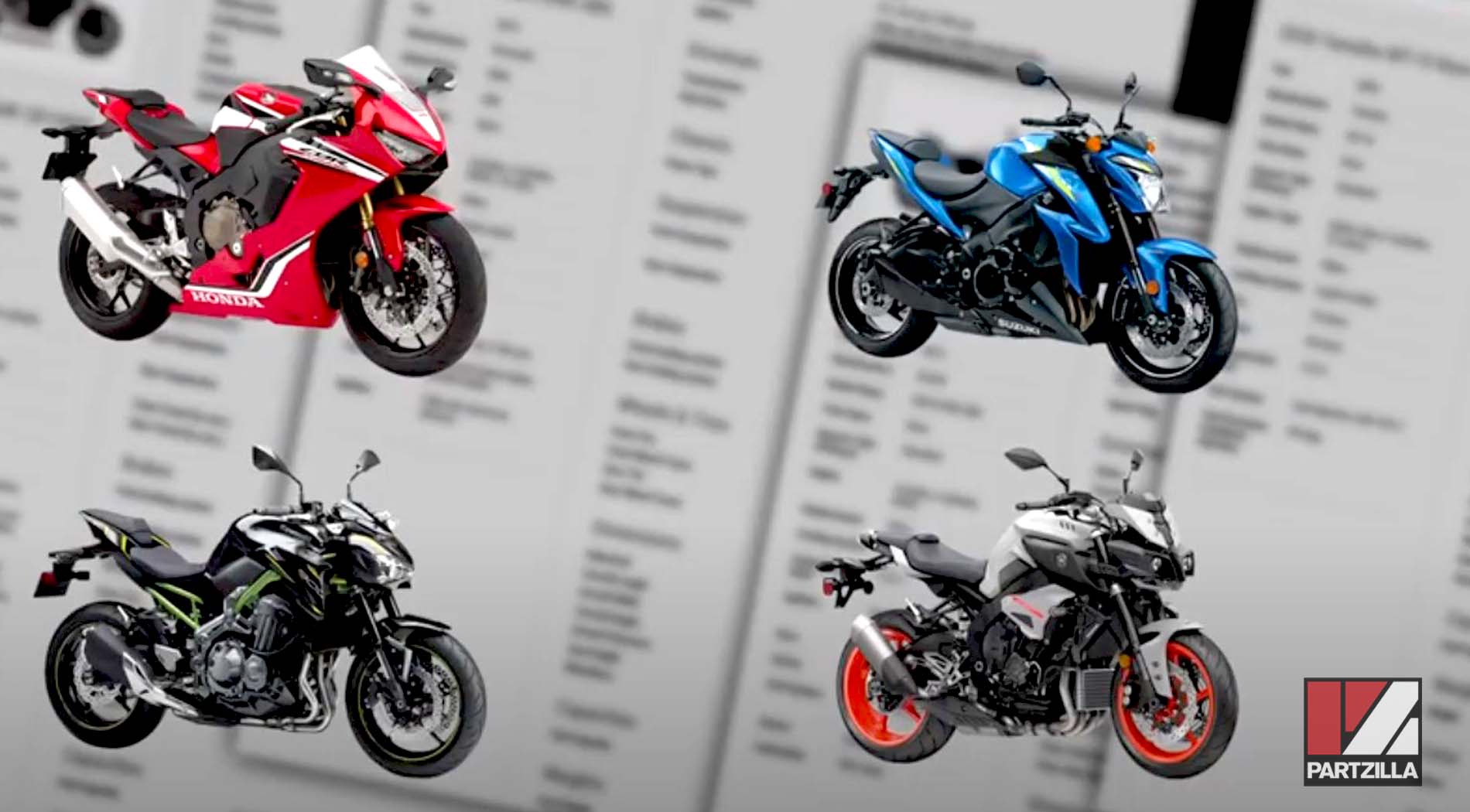
The spec sheet lists all the characteristics of a machine, including engine performance, size and weight, accessories and so on. It has all the data a buyer needs to get a good overall understanding of the motorcycle. The information included in a spec sheet varies by manufacturer, but here are some terms you might come across, by category.
Engine Architecture
Provides the format and size of the engine, which dictates the motorcycle’s power, weight and performance.
Number and layout of cylinders. Sport bikes usually have four cylinders aligned transversely; dual-sport and dirt bikes generally have a single cylinder; and cruisers mostly use V-twin motors.
Four-stroke or two-stroke. Most motorcycles have four-stroke engines. Two-stroke motors are almost exclusively found on dirt bikes.
Pushrod or overhead cam. Engines using pushrods tend to be larger, low-revving units, while engines using single overhead camshafts or double overhead camshafts are smaller, high-revving motors.
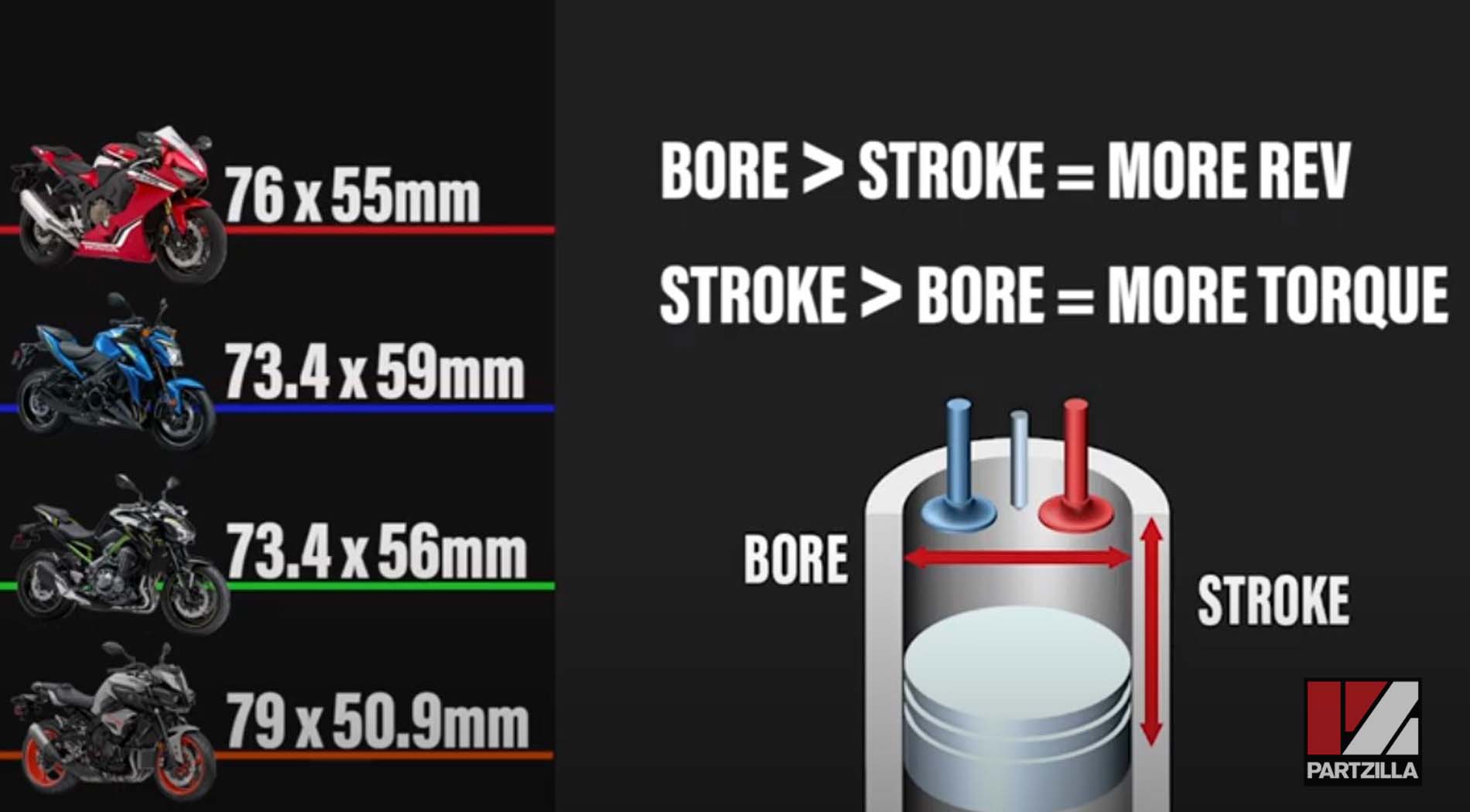
Capacity or displacement. The combined volume of the combustion chambers within the engine. Capacity is measured in cubic centimeters or cubic inches, and the more capacity an engine has, the more power it generates.
Torque and Power
Torque is how much work an engine is capable of, and power is how quickly an engine can accomplish that work. Power is expressed in horsepower and torque is expressed in foot-pounds.
Torque. A motorcycle with lots of low-end torque is good at carrying heavy loads and cruising at relatively low RPMs. Typically cruisers, tourers and dual-sport bikes have good low-end torque figures.
Power. A motorcycle that generates lots of power at higher RPM is capable of extreme acceleration and top speed. Typically sport and performance bikes have good power figures.
Compression Ratio
The amount the fuel/air mixture is compressed within the cylinder before detonation is the compression ratio. The higher the compression ratio, the more power the engine generates in relation to its weight.
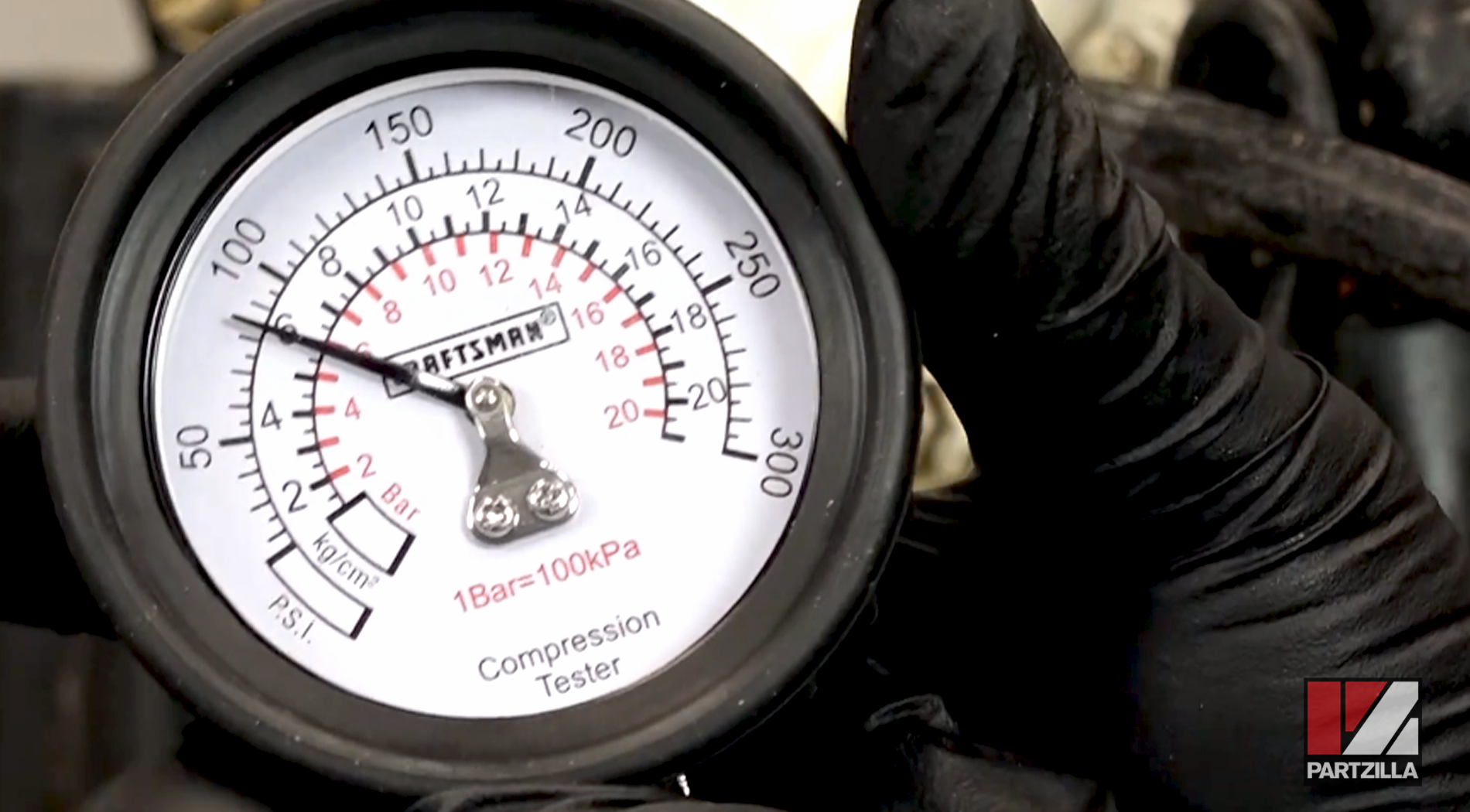
Typically a high compression engine is smaller and lighter, while low compression engines are larger and heavier. Compression ratio is expressed as two figures, such as 12:1, with the first figure being the maximum cylinder volume and the second being the cylinder volume once compressed.
Weight
The motorcycle’s weight in relation to its power is a big factor in determining its acceleration and speed (power-to-weight ratio). Less weight means more of the bike’s power can be used for speed, making for a lighter motorcycle that’s easier to handle.
Dry weight. The motorcycle’s weight without any fluids such as gasoline, oils and lubricants, coolant, etc.
Wet weight. The motorcycle’s weight with all the necessary fluids, completely ready to ride.
Rake and Trail
Rake and trail greatly affect the motorcycle’s steering, handling and straight line characteristics. They also affect weight distribution, and play a role in the wheelbase of the bike.
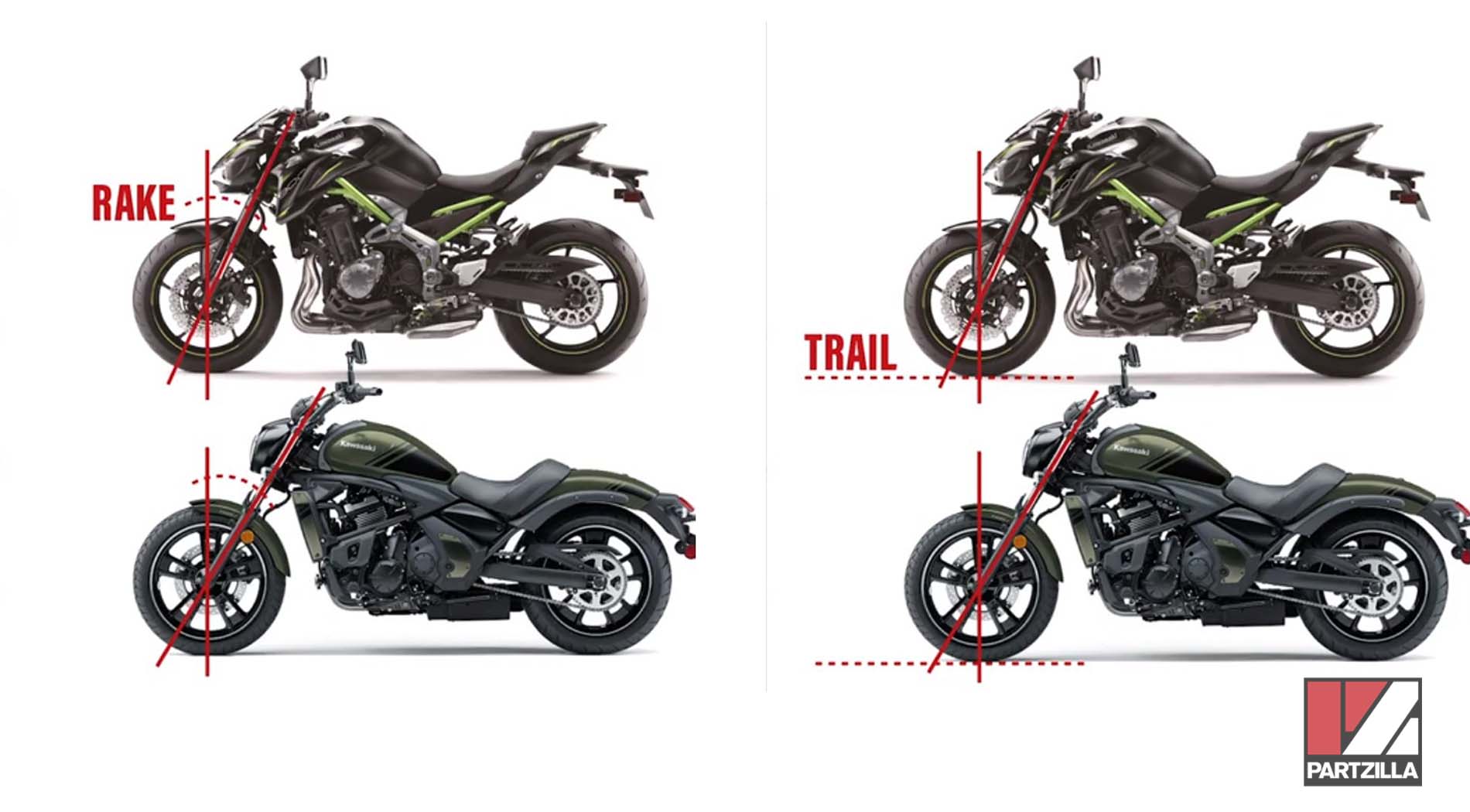
Rake. The angle the headstock is set at compared to a vertical line running at 90 degrees to the ground. It’s the angle of the front forks. Less rake makes steering quicker and more precise, but is more unstable. More rake adds stability in a straight line, but decreases steering sensitivity. Agile sport bikes have less rake; highway cruisers have more rake.
Trail. The distance between the point on the ground directly below the front axle centerline (where the tire meets the road), and the point on the ground where the centerline of the front forks would be if the forks were to extend to the ground. Less trail quickens the steering, but reduces stability. More trail improves straight line stability, but makes steering slower and harder.
Wheelbase
The straight line stability of a motorcycle and its turning circle, as well as the bike’s weight distribution, is determined by the wheelbase.
Short wheelbase. Most common on sport and performance bikes.
Long wheelbase. Most common on touring and dual-sport bikes.
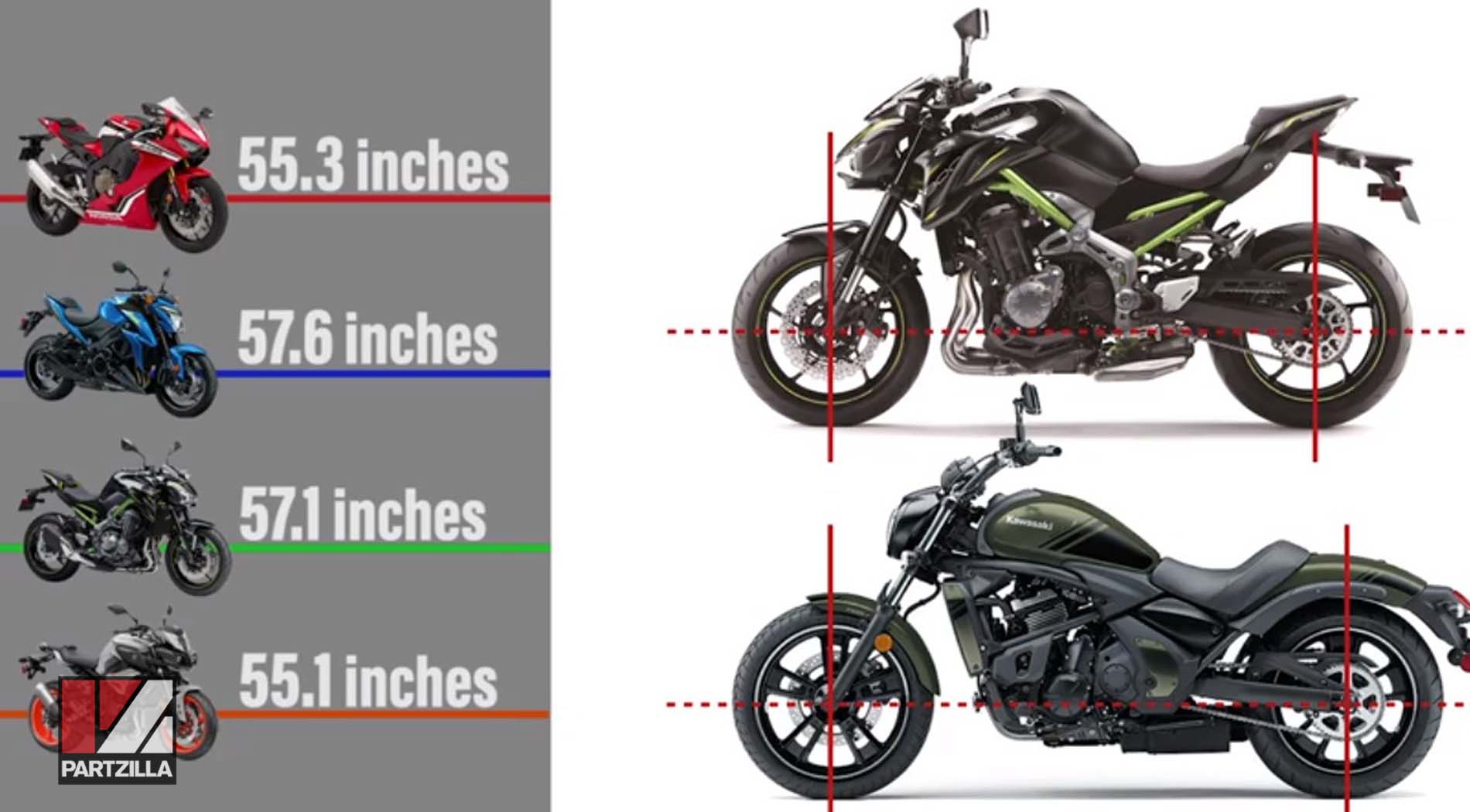
Brakes
Discs vs Drums. Disc brakes are more effective than drum brakes, which are rare on modern motorcycles and are mostly found on older bikes.
Disk Brakes. A brake disk with a larger diameter is more effective at braking than one with a smaller diameter. Likewise, dual front brake disks are more effective than a single front disk system.
Pistons. Push the brake pads against the brake rotors, so the more pistons in the braking system, the more effective the system will be.
Suspension
Twin-shock. The traditional rear suspension system, featuring a shock absorber and spring attached to either side between the frame and the swingarm. Typically seen on cruisers and older bikes.
Monoshock. A single shock absorber and spring unit attached directly to the swingarm. Generally considered better than twin-shock systems, monoshocks are the suspension of choice for most motorcycles.
Linkage. The newest suspension system, consisting of a linkage between a monoshock featuring a progressive spring and the swingarm. This system allows better tuning of the rear suspension and is found on higher-end motorcycles.
Carrying Capacity
The total combined weight the motorcycle’s frame is capable of supporting, including rider, passenger and cargo.
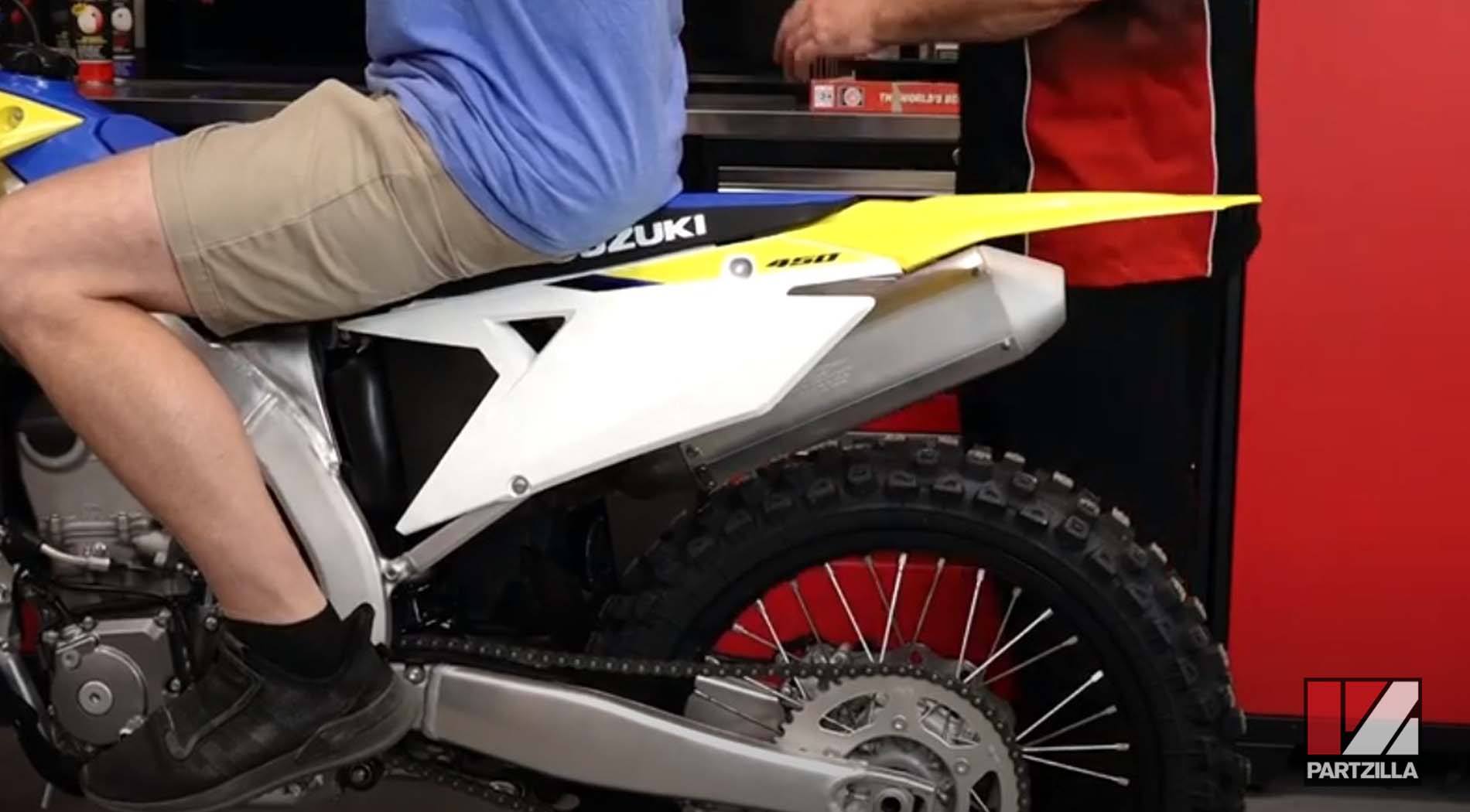
Seat Height
The height of the seat factors heavily into your riding comfort. If the seat height is too high, your feet may have trouble touching the ground when you stop, or it may raise the bike’s center of gravity too much and make the handling nervous.
